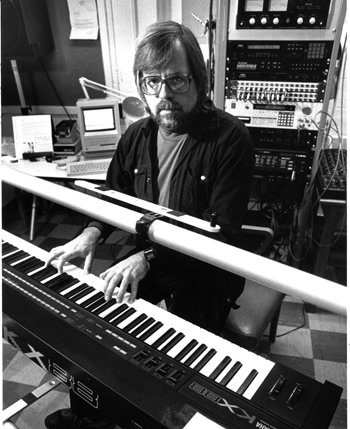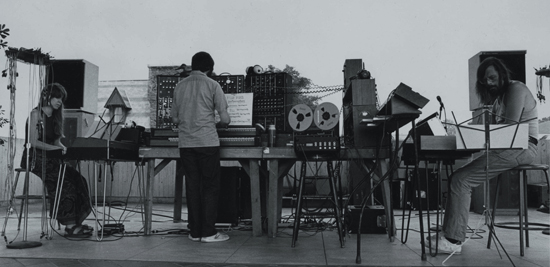Contemporary music isn’t just new music. It’s music that is unrestricted and creative. The exploration and initiation of creating music in a way that encompasses cultural and personal ideologies.
The significance of contemporary music is that it supports and recognizes what different musicians create and are inspired by in this day and age. Contemporary can be classified as experimental music that retains numerous characteristics from different genres to create something new and unique. Contemporary music is not limited to incorporating different genres but also new sounds of music that most may not have heard. An example of this is playing an instrument in a unique way, altering or tampering your technique to change the sound of that particular instrument. The musician can even use different objects to play the instrument to further create unique sounds (such as dropping ping pong balls into a piano, a technique that can be heard at our May 5 concert Alter Egos). Contemporary music deserves the recognition, support and embrace from any music admirer worldwide.
In support of new music, our annual What Next Festival brings the works of contemporary composers and artists to Hamilton. One such composer is David Borden, featured at the Alter Egos concert on May 5.
15 Dialogues for trumpet and trombone
David Borden
Graduating from Eastman School of Music, Harvard University and Hochschule fuer Musik Berlin, Germany from a Fulbright scholarship, David Borden went on to form the Mother Mallard’s Portable Masterpiece Co. in 1969. With the support and partnership of Robert Moog, Borden’s group became the world’s first synthesizer ensemble. With such a unique and particular sound the group’s genre consisted of progressive electronic, minimalism and ambient sounds. Thanks to Moog’s invention of the electronic synthesizer and the inspiration of David Borden for utilizing new and unique music, the duo created the perfect example of contemporary music.
This year’s What Next Festival features selections from David Borden’s 15 Dialogues for trumpet and trombone. The work is a very interesting trumpet and trombone duet that utilizes 15 challenging movements for both musicians. The movements themselves contain mixed meters, moderately extreme range and tricky rhythms. 15 Dialogues has become a popular modern peice since its initial publication in 1962, with movement a self standing work that can be performed in concert alone, or combined to create a larger work. This versatility and creativity displays what contemporary music is all about.
Borden’s compositions are similar to the repetitive minimalist style of Philip Glass, Steve Reich, and Terry Riley. His works marked by the repetition of very short phrases that change gradually, producing a unique effect. When coupled with two musicians, such as 15 Dialogues, the effect is very strong and satisfying. In this case, the trumpet and trombone complement each other to create a unique piece of contemporary music. While certain movements of 15 Dialogues do not contain entire minimalist features, many of the movements display his minimalist style.
(All digital David Borden 1990)
Mother Mallard in 1975 at the Sculpture Terrace of the Johnson Museum. (Left to right: Judy Borsher, Steve Drews, and David Borden.) Photo by Jon Reis.
Video for David Borden’s minimalist work – Enfield in Winter [Spectrum Spools]

